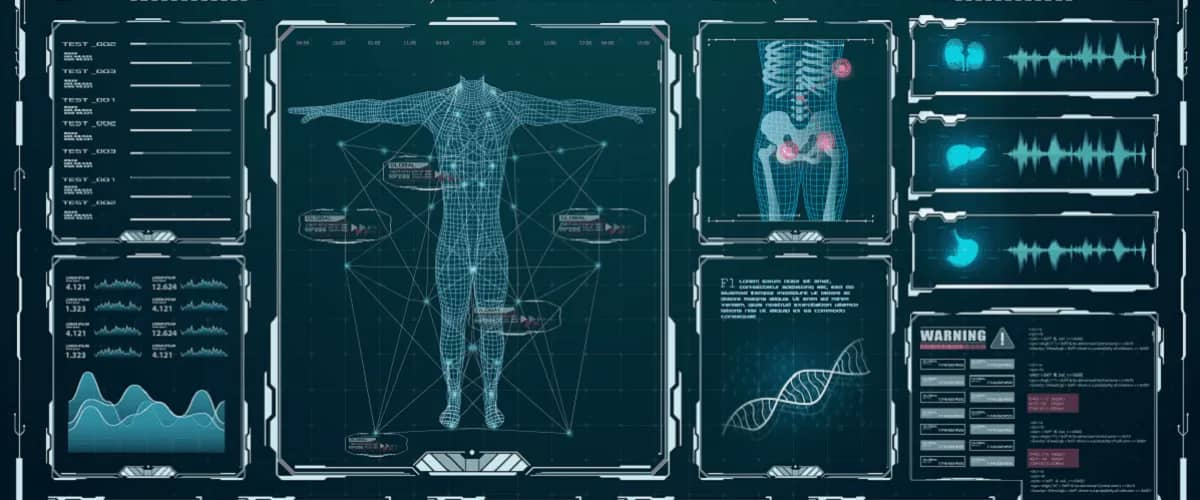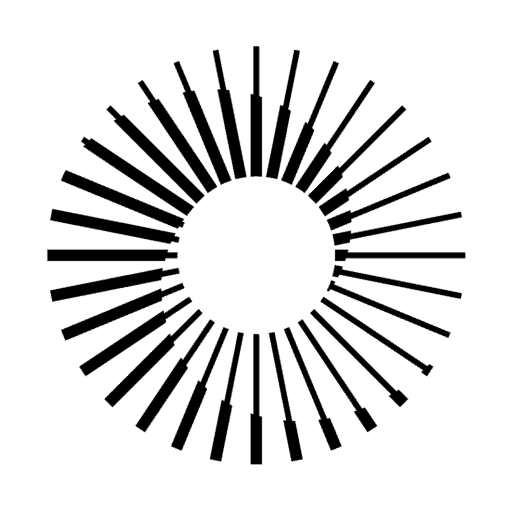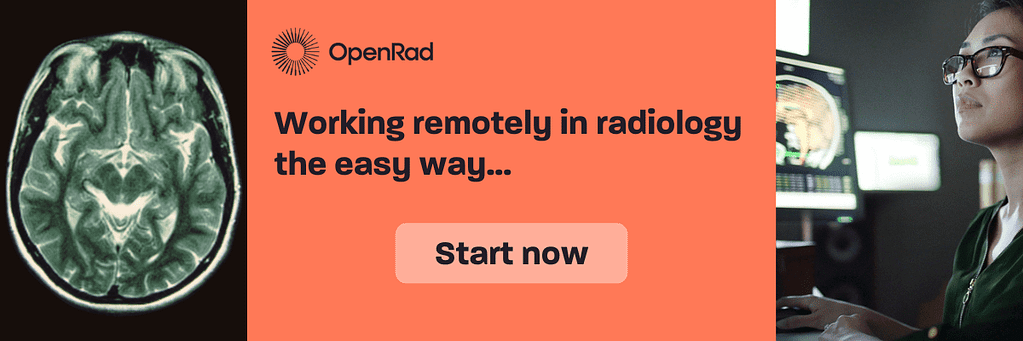Diagnostic imaging has been an essential component of modern medicine for decades, allowing healthcare professionals to diagnose and treat various medical conditions. Over the years, technological advances have transformed the field of diagnostic imaging, making it faster, safer, and more accurate than ever before. These are the current trends.
📖 Author: Emmanuel Anyanwu | Alberta Health Services, Canada
Diagnostic imaging, which refers to various techniques used to create images of the body’s internal structures to diagnose diseases and other medical conditions, has several trends shaping its future in healthcare. These trends include artificial intelligence and machine learning, 3D printing, image-guided therapy, point-of-care ultrasound, digitalisation and interoperability, personalised medicine, hybrid imaging, augmented reality and virtual reality, quantum computing, cloud computing, and artificial intelligence. These developments will lead to faster and more accurate diagnoses, personalised treatment plans, and better patient outcomes.
Current trends in diagnostic imaging
- Personalised medicine & image-guided therapy: With the advancements in precision medicine, there is a growing trend toward using diagnostic imaging to personalise patient treatment plans. Using image-guided therapy, healthcare providers can deliver personalised and targeted approaches to patient care based on a patient’s unique needs. Image-guided therapy uses diagnostic imaging techniques such as CT, MRI, or PET scans to allow for accuracy and precision in medical procedures and the follow-up personalised treatment plans, resulting in improved patient outcomes.
- Hybrid imaging & 3D printing: Hybrid imaging combines two or more imaging modalities, such as PET-CT, PET-MRI, and SPECT-CT, to provide a more comprehensive view of the patient’s anatomy and physiology. By providing multiple types of information in a single image, hybrid imaging can improve diagnostic accuracy and help guide treatment decisions. For example, in orthopedic surgery, 3D-printed models of patients’ bones can guide surgical planning, while hybrid imaging can provide detailed information about soft tissues and blood vessels that would be difficult to visualise with traditional imaging techniques alone. 3D printing technology will enable the creation of highly complex physical models of organs, bones, and other anatomical structures from medical images. These models can be used for surgical planning, patient education, and training.
- Augmented reality (AR) & virtual reality (VR): AR and VR technologies are integrated into diagnostic imaging to provide interactive, immersive, and personalised patient and clinician experiences. AR and VR can enhance medical data visualisation and improve the accuracy and efficiency of medical procedures. For example, AR can overlay 3D imaging data onto a patient’s body during surgery, allowing surgeons to see the exact location of critical structures in real time. VR can create immersive virtual environments for medical training, allowing students to practice procedures in a safe and controlled environment. Director of the Johns Hopkins Neurosurgery Spinal Fusion Laboratory and professor of neurosurgery at the Johns Hopkins University School of Medicine, Timothy Witham, MD, led the John Hopkins neurosurgeons to perform the institution’s first augmented reality surgery—a spinal fusion surgery. Fusing three vertebrae by placing six screws in the patient’s spine, these neurosurgeons relieved a patient suffering from chronic debilitating back pain. A follow-up CT scan showed that the surgeons put the screws in the perfect position.
- Quantum computing, digitalisation & interoperability: Quantum computing can enable faster and more accurate analysis of large amounts of imaging data. This data is quickly and efficiently accessible through digitalisation and interoperability, allowing healthcare providers to make more informed diagnoses and treatment decisions. This improves the chances of accuracy in patient diagnosis because healthcare providers are better informed with the analysed imaging data, integrated with other health data such as patient history, and even get a second opinion by sharing this information swiftly with their colleagues.
- Cloud computing & artificial intelligence (AI): Cloud computing and AI are combined to create powerful diagnostic imaging platforms that can store, analyse, and share medical images and data securely and efficiently. Cloud-based diagnostic imaging platforms allow real-time collaboration among healthcare professionals, remote diagnosis, and personalised treatment planning, while AI enables more accurate and efficient analysis of this data. With this, healthcare providers can improve the accuracy and efficiency of diagnoses, reduce the risk of errors, and improve patient outcomes.
In conclusion, diagnostic imaging constantly evolves, driven by new technologies and innovations. These trends can potentially improve the accuracy and speed of diagnoses, enable personalised treatment plans, and ultimately improve patient outcomes. As healthcare advances, it will be exciting to see how diagnostic imaging technologies will continue to evolve and transform how we diagnose and treat medical conditions.
—
What trends do you see in diagnostic imaging? Share your thoughts via the comment section below.
Want to join a great team? Check out our careers section. We are always looking for outstanding talent—from application specialist to software developers.
📷 Photo credits: daniela-mueller.com



